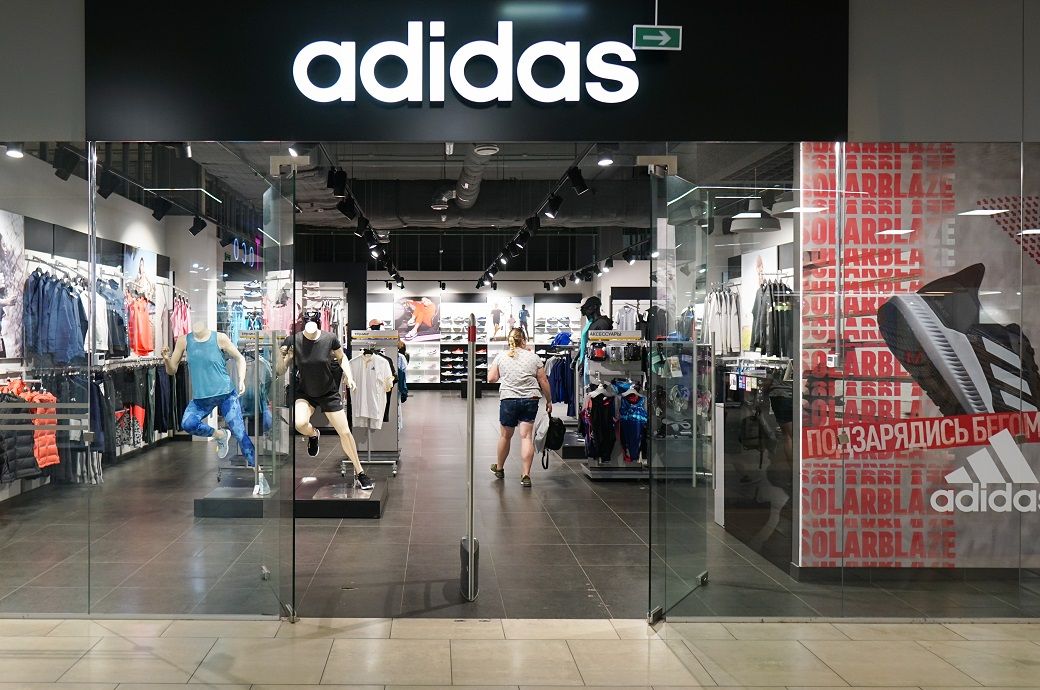
This positive outlook is attributed to a significantly enhanced and diversified product portfolio, better alignment with local consumer preferences, and strengthened relationships with retail partners. These strategic improvements are anticipated to drive top-line performance, supported by impactful marketing campaigns that will reinforce brand momentum and visibility, Adidas said in a press release.
Adidas is expecting its 2025 operating profit to reach €1.7–1.8 billion (~$1.82–1.93 billion), driven by strong brand momentum, localised strategies, and improved efficiencies.
In Q1 2025, revenue rose 13 per cent YoY to €6.15 billion (~$6.58 billion), led by robust growth across regions, product categories, and channels.
Operating profit surged 82 per cent to €610 million (~$652.7 million).
Despite increased investments in marketing and sales, the company aims to improve operational efficiency. It plans to leverage operating overhead efficiencies alongside gross margin expansion to deliver substantial bottom-line growth.
Meanwhile, Adidas has earned revenues of €6.15 billion (~$6.58 billion) in the first quarter (Q1) of 2025, an increase of 13 per cent year-over-year (YoY) or €700 million in both euro terms and currency neutral. The double-digit growth reflects the strong momentum of the Adidas brand, which increased 17 per cent YoY.
The company’s gross margin increased 0.9 percentage points (pp) to 52.1 per cent during Q1 compared to 51.2 per cent in 2024. The increase of the Adidas brand gross margin was even stronger at 1.6 pp. The positive development was driven by lower product and freight costs as well as reduced discounting.
Footwear remained the primary growth driver for the company, recording a 17 per cent increase on a currency-neutral basis during the quarter, fuelled by double-digit gains across Originals, Sportswear, Running, Training, Specialist Sports, and Performance Basketball. Apparel revenues rose by 8 per cent, led by strong double-digit growth in Originals, Sportswear, and Outdoor, added the release.
Channel-wise, Adidas brand growth remained strong, with double-digit gains in both wholesale and direct-to-consumer (DTC) channels.
The wholesale revenue of the company rose 18 per cent on a currency-neutral basis, driven by strong sell-through and expanded shelf space. Own retail grew 13 per cent, supported by double-digit comp growth. While e-commerce declined 3 per cent due to the Yeezy phase-out, excluding Yeezy, online revenues rose 18 per cent, contributing to a 15 per cent increase in DTC sales.
Regionally, currency-neutral net sales saw strong double-digit growth in Latin America, (26 per cent), Emerging Markets (23 per cent), Europe (14 per cent), Greater China (13 per cent), and Japan/South Korea (13 per cent) in Q1, with broad-based gains across wholesale and DTC channels. North America grew 3 per cent, but excluding Yeezy, revenues rose 13 per cent, driven by both wholesale and DTC growth.
The operating profit of the company increased by 82 per cent YoY to €610 million (~$652.7 million) in Q1, reflecting an operating margin increase of 3.8 pp to a level of 9.9 per cent which was 6.2 per cent in Q1 2024. The net income from continuing operations more than doubled to €436 million and led to basic and diluted EPS from continuing operations of €2.44.
“I am very proud of what our team achieved in Q1. Double-digit growth across all markets and channels in today’s volatile environment shows the strength of our brand and underlines the great job our people are doing. The operating profit of €610 million and the 9.9% operating margin prove the great potential of our company. A great quarter,” said Bjorn Gulden, chief-executive officer (CEO) at Adidas. “In a normal world with this strong quarter, the strong order book and in general a very positive attitude towards Adidas, we would have increased our outlook for the full year both for revenues and operating profit. The uncertainty regarding the US tariffs has currently put a stop to this.”
“Although we had already reduced the China exports to the US to a minimum, we are somewhat exposed to those currently very high tariffs. What is even worse for us is the general increase in US tariffs from all other countries of origin. Since we currently cannot produce almost any of our products in the US, these higher tariffs will eventually cause higher costs for all our products for the US market. Given the uncertainty around the negotiations between the US and the different exporting countries, we do not know what the final tariffs will be,” added Gulden.
Fibre2Fashion News Desk (SG)

